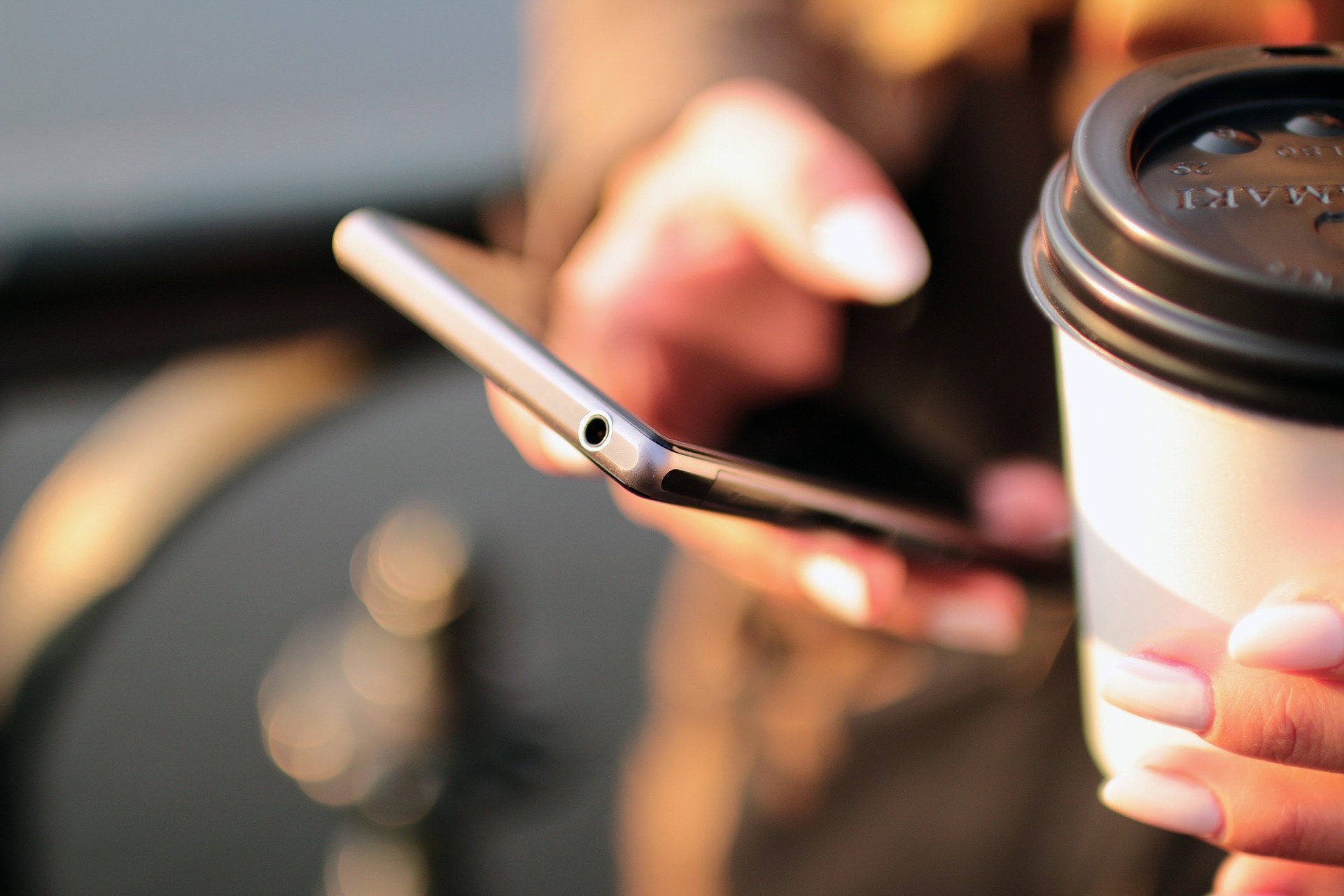
The New P.O.S. – Mobile Technology at the Point of Sale
By: Sentry Marketing Group
October 30, 2015
As technology continues to advance at a rapid pace, it affects how just about everything is done, including making and accepting payments for anything from airline tickets to donuts. Here are some of the ways mobile devices are being used to move along the payment process.
Customer Devices
There are dozens of ways for patrons to pay with their smartphones now. For the most part, they can be grouped into one of three families which involve a reader that can read a code off of the phone, an in-house app that includes a payment option, and third-party services that collect and deliver electronic payments. Here we take a look at the possibilities.
Bar codes/ QR codes
This is the system that Starbucks has used with great success for several years now. It allows customers who join its rewards program to attach a credit card or a gift card (and now Apple Pay) to their account. They can then use the “pay” function of the store app to display a QR code (some stores use bar codes instead) that a special scanner attached to the POS terminal reads and registers. This allows customers to pay and collect loyalty points with a couple of taps. The apps can also be designed to collect information about what the customer usually orders and make recommendations, to enable customers to redeem points using the same app, and event o give feedback about their experience – a great way to collect data from your most loyal customers about what they want and expect.

The Starbucks app generates a QR code that is scanned at the register
Mobile order
Beyond the pay-at-the-counter mobile options, many fast food restaurants (Chick-fil-a and Wendy’s, for example), a few retailers, and, of course, Starbucks, offer mobile order options. This also requires patrons to download an app and connect a credit card (or in some cases a PayPal account) and enables customers to browse the menu – or order from a list of favorites – and order and pay with their phones. At Chick-fil-a, certain locations even provide curbside service so that mobile customers don’t have to wait in line inside or at the drive thru. This option provides all the benefits of the QR code mobile payment systems, only without the need to purchase new hardware (though app design and software integration can cost just as much if not more). It’s greatest attribute, though, is probably the perceived increase in convenience to the customer. For those with a bust work schedule, an option that avoids the lines can be a big draw.
Payment Apps
Payment apps managed by a third party like Pay with OpenTable or Dash (or any of a half-dozen other pay-by-app options) are slowly – very slowly – coming onto the scene as well. So far, almost all of these cater to sit-down restaurants, and their major appeal seems to be the ability to simplify splitting the bill when dining with a group. Payment apps like these are far from pervasive. Thus far, they have primarily been deployed in a few select markets – Dash, for example, has focused its operations in New York, Chicago, D.C., and Atlanta and on university campuses. However, it is easy to see how a trend like this, focused in the nation’s most looked-to markets, could quickly build demand, just as online reviews and reservations have.
Third-party apps like Dash provide customers with easy ways to pay that let them feel hip and connected.
Merchant mobile devices
Portable card readers
As the “buy local” push continues, several payment services have arisen to make it easier for small businesses and independent owners to accept credit card payments. It started with Square, which provided a simple card reader that could be plugged in to the audio port of a tablet or smartphone. They have since expanded to include a Square that can read EMV and megnetic cards, a “register” that uses your tablet as a screen, and even an NFC reader. And others have followed suit. Plug-and-pay readers are now available from PayPal, Amazon, Intuit, and a number of independent start-ups.
Table tablet ordering and payment
This is a fad that may already be on its way out. Though it seemed like a natural progression in the ubiquitous use of tablets for everything, implementation seems to have fallen short. Patrons are too often not sure how or why to use the tablets, and using them to pay the bill can feel unnecessary when your server is coming by your table anyway. Take the table tablet roll out at Olive Garden locations, for example. You can order drinks from your table tablet, but a waitperson still takes your food order. But since your server will be coming by regularly to make sure you have enough of everything, there is really no need to use the tablet unless you want something complicated from the bar and worry that your server won’t be able to get it right. Then, you can pay using the tablet, but only with certain payments types, and even then server may still need to bring you a paper receipt to sign.
Other restaurants, like Chili’s and Applebee’s seem to be having more success with their table tablet programs, but unlike other mobile-dependent fads, there doesn’t seem to be much indication that the trend will move out of the novelty phase to become an expected service, as mobile payment options are likely to do.
Interested in POS evolution? Take a look at some of the changes coming to more traditional POS terminals.